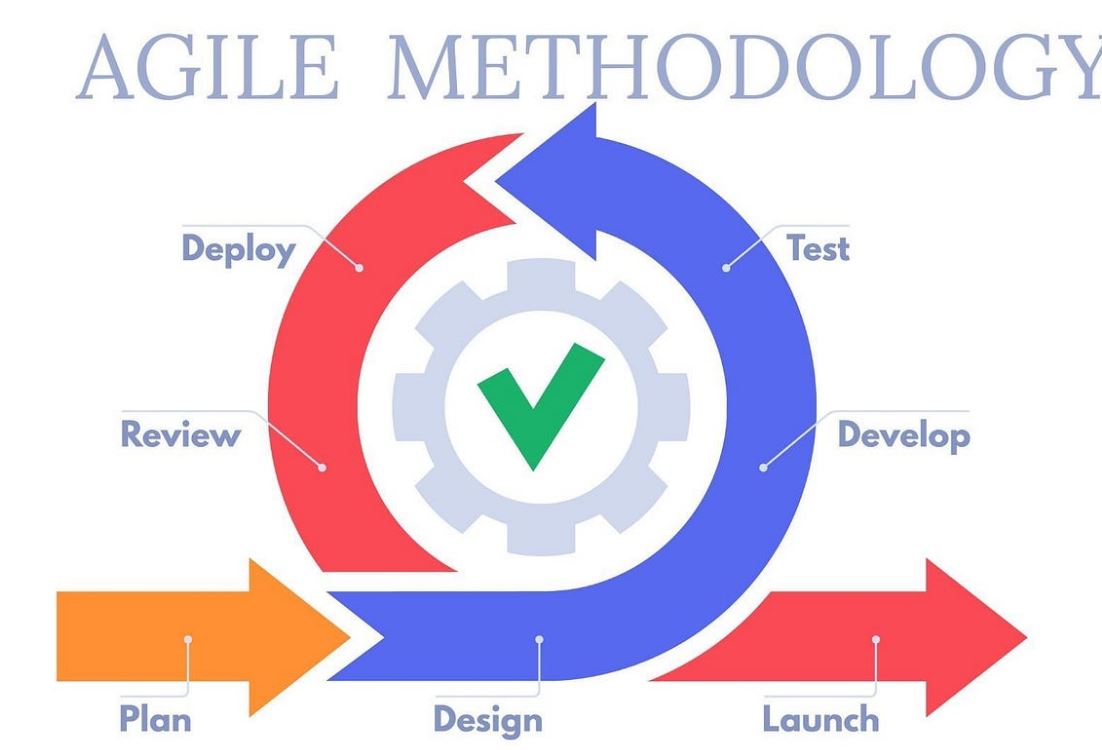![]() Free Shipping
Free Shipping ![]() Buy Now, Pay Later
Buy Now, Pay Later ![]() Eligible
Eligible
The Rise of Agile Infrastructure in a Remote Age

As the digital workspace continues to evolve, the need for agile infrastructure has surged. This transformation has been accelerated by the shift to remote and hybrid work models, challenging organizations to rethink how they deliver tools, systems, and resources. Agile infrastructure—the flexible, scalable backbone that supports continuous adaptation—is no longer a nice-to-have; it’s a critical enabler of operational resilience.
Adapting to a New Era of Work
The remote age didn’t arrive slowly. Many businesses were thrust into it by global disruptions, forcing them to pivot rapidly. In the face of uncertainty, static systems fell short. Traditional IT infrastructures—often rigid and centralized—struggled to cope with the increased demand for seamless, location-independent access. Agile infrastructure emerged as a solution that prioritized responsiveness, scalability, and user-centricity.
This shift isn’t temporary. Many companies now recognize the long-term benefits of remote and hybrid working arrangements, from access to a wider talent pool to reduced overhead costs. To make the most of these advantages, they need agile digital ecosystems that empower their teams from anywhere.
What Makes Infrastructure “Agile”?
Agile infrastructure is built with adaptability at its core. Rather than relying on static hardware or siloed systems, it emphasizes modular, cloud-based solutions that can evolve with the organization’s needs. Key characteristics include:
- Scalability: Resources can be scaled up or down quickly in response to changing workloads.
- Automation: Infrastructure management tasks are streamlined through scripts and intelligent systems.
- Flexibility: Services can be customized and reconfigured without significant downtime or disruption.
- Resilience: Systems are designed to detect and recover from failures, ensuring business continuity.
Importantly, agile infrastructure aligns with Agile methodologies used in software development, promoting a culture of iteration, feedback, and continuous improvement across operations.
Empowering Remote Teams Through Agility
Remote teams rely on consistent access to digital resources, regardless of location. Agile infrastructure makes this possible by reducing the friction between users and their tools. Cloud-based intranet platforms, for instance, offer a centralized hub where employees can collaborate, share knowledge, and stay connected to their company’s workflows.
Claromentis provides a robust example of this in action. Their cloud-based intranet is purpose-built for modern teams, offering flexibility, integration, and scalability in one secure environment. By enabling real-time communication, document management, and app integration, Claromentis allows organizations to support remote productivity without compromising on governance or user experience.
Security and Agility Go Hand in Hand
A common concern with remote work is security. However, agile infrastructure doesn’t mean sacrificing safety. In fact, it often enhances it. Cloud-based platforms come with built-in redundancies, encryption protocols, and role-based access control. These features help businesses manage risk even as their workforce becomes more distributed.
Additionally, agile infrastructure supports quicker updates and patches, reducing vulnerabilities compared to traditional systems that may remain outdated due to deployment delays.
Building for the Future
As remote and hybrid models continue to define the working landscape, businesses must embrace infrastructure that can keep pace. Agile approaches encourage a mindset of continuous evolution, where systems are refined not just once but repeatedly in response to feedback and performance.
Whether it’s integrating AI tools, adapting to new compliance regulations, or streamlining internal workflows, agile infrastructure ensures organizations remain ready for what’s next.
Conclusion
The rise of agile infrastructure is more than a technical trend—it’s a strategic shift in how businesses operate in a digitally dispersed world. For companies seeking long-term success in the remote age, agility is the key to adaptability, scalability, and resilience. By investing in cloud-based platforms like Claromentis, they can build a digital foundation that supports innovation and empowers every team member, no matter where they are.






